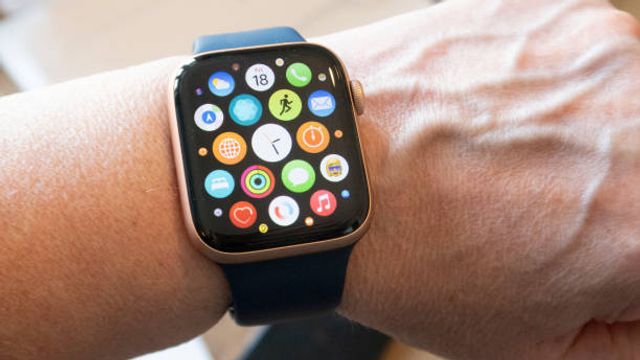
When buying a gadget, like an Applewatch or Fitbit, you don’t really think about the ways these devices are transforming healthcare. However, there is a lot more to it than we realise. According to Grand View Research, the global wearable technology market size was valued at USD 40.65 billion in 2020 and is expected to expand at a compound annual growth rate (CAGR) of 13.8% from 2021 to 2028.
The wearable health tech market is predicted to be one of the largest and fastest growing markets of the next decade, according to Med MDS. The key drivers of this market are the consumer-model, cost reductions, and better treatments and resource management.
The traditional model of healthcare is a bit outdated, where a patient sees a doctor, and the doctor recommends treatment based on the limited data they have on the patient. The large sets of available data generated by wearable technologies now make patients the point of care, and allows patients to know more about their healthcare data that they bring to doctors.
Healthtech will allow virtual monitoring of a patient’s health, a huge factor that can save costs and better manage resources on the healthcare side.
The article written by Med MDS brings out a few more factors to wearable health tech, which I will summarise below:
Whilst there are a few kinks to work out in the market, such as regulation and privacy, there is no doubt that this consumer-led approach to healthcare will be popular amongst users. As the article states, “a greater focus on health and wellness and a growing elderly population will see fitness, remote monitoring and personalized medicine as key sectors of growth but the arrival of more therapeutic applications will accelerate growth dramatically.”
At Polestar, an important sector that we cover is health tech. If you would like more details in this space, or need help on growing your business, please reach out!